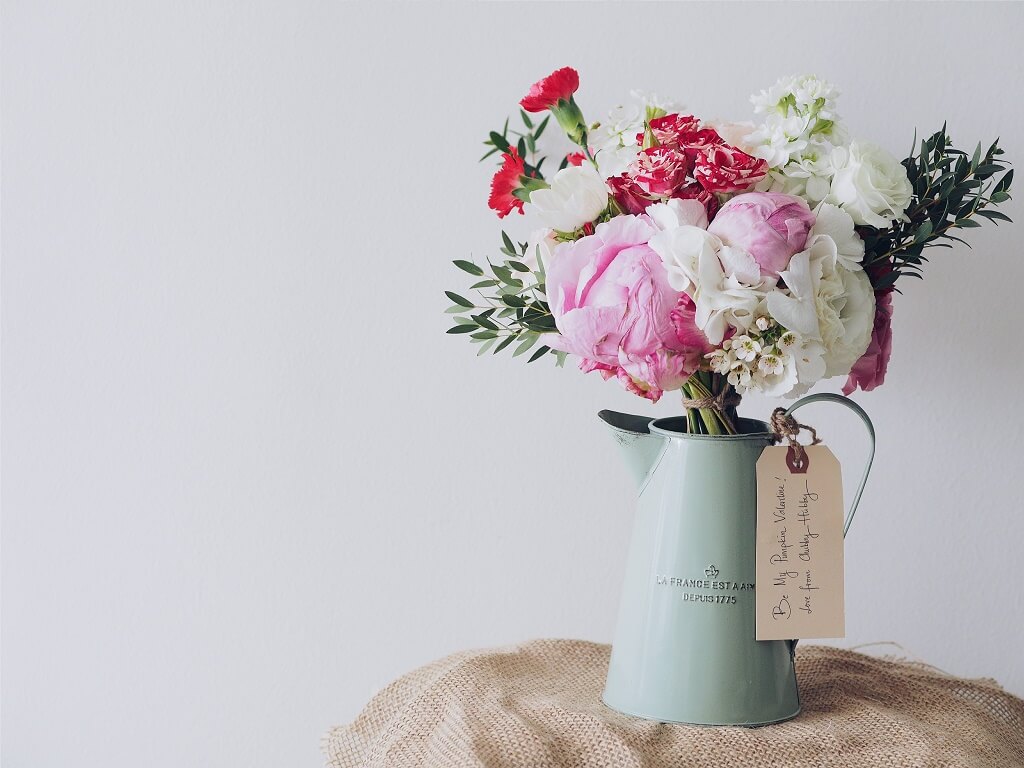Proper watering takes the center of plant care. A plant’s survival depends
on how frequently it is watered and the quality of the water used. This blog discusses what makes any water type
suitable for weathering and the best water type for various plants. The first option that comes to mind is tap
water, especially if you are new to plant care. While tap water is suitable in most cases, the differences in
tap water quality across different areas may put some plants at risk. In addition, varying mineral contents of
tap water affect its quality, and ultimately how the plants respond to the water.

How Does Tap Water Affect Plants?
Tap water is easy to access and cheap – two reasons why it is the most
popular option when it comes to watering. Water coming out from the tap at room temperature is just fine. But
when the quality has been altered, either due to the presence of chemicals or minerals, it is vital to take a
few precautions.
Chlorine
Chlorine is a common component of most municipal water supplies.
While it helps to kill germs, chlorine may also damage plants watered with tap water. Considering the easy
evaporation of chlorine gas from water, it may not be a problem if it is present in your tap water. It only
becomes an issue if it is present in very large amounts, which will lead to a strong chlorine smell. In that
case, leave the water for 24 hours in soda bottles or milk jugs to allow it to breathe before using it for
watering.
Hard Water
Hard water is a type of water containing excessive amounts of
minerals, especially calcium and magnesium. The water in some areas is harder than in others. The minerals in
hard water can harm your plants. Hence, hard water is not suitable for the direct watering of plants. In some
cases, hard water may be run through household water softeners. This softened water is also not suitable for
watering. The only right way to ‘fix’ hard water is to filter it with a simple carbon-type filter or a
pitcher-type filtering system designed for drinking water. These filtration methods remove the minerals without
depositing other harmful chemicals.
Minerals
Watering your plants with tap water, either filtered or unfiltered, may lead
to the accumulation of salts and minerals.
These minerals often appear as a thin,
whitish crust on soil surfaces. If this happens, ensure you flush your plants annually. You can flush by running
a gentle stream of water through the soil in the pot and allowing it to come out from the base. After this,
water the soil for a few more minutes. Flushing is done either in the tub or outside when the weather is
friendly. Ensure the pot completely drains before you return it to its spot.
While there are several salts in tap water, they may not harm your plants if present in safe concentrations. However, accumulation may occur, leading to an increased concentration that leads to impaired absorption of water by the plants. Salts, in this case, are more than the regular sodium chloride; they are usually magnesium- or calcium-based. These salts can alter the soil’s nutrient composition over time, especially after several irrigation—for example, the pH increases when there is a rise in soil calcium levels. Increased pH will cause problems for acid-loving plants, including blueberries. In such a case, you can go with rainwater over tap water.
How Do You Make Tap Water Safe for Plants?
Tap water contains the minerals plants need to thrive. But the possibility of having excessive chlorine and other additives in the same water is mind-boggling. Sensitive plants will react adversely to tap water. If you are watering your plants with tap water and their growth and strength is somewhat limited, here are some tips to remedy the situation:
Allow the water to settle.
Collect the tap water into your watering can and leave it for a while before you use it to water your plants. That is how you leave the water to settle. The minimum settling period is 24 hours, and this is when the chlorine evaporates from the water and the dissolved salts settle at the bottom of the container. The concentrated water at the base of the watering can must be discarded after applying the tap water. The best way to dispose of the water is to pour it into the sink drain rather than the soil. The former ensures the salts do not find their way into the plants via underground movement.
Boil the water.
Boiling the tap water will remove the chlorine dissolved in it, making it safe for watering your plants. The very high heat facilitates faster evaporation, although it requires a lot of energy and time.
Expose to fresh air.
You can expose your tap water to fresh air by repeatedly pouring it from one container to the other. Doing this more frequently removes more chlorine from the water by atmospheric air. This is a cheaper and easier method compared to boiling, especially for smaller gardens.
Reverse osmosis filtration.
A charcoal filter, such as fridge filters, filter pitchers, or faucet-applied filters, can remove harmful additives like chlorine from tap water. If you want to make your tap water free of chemicals and safe for watering your plants, filter it with a reverse osmosis filter. Although this membrane filtration process may be expensive, it is cost-effective for long-term watering, and the results are impressive.


